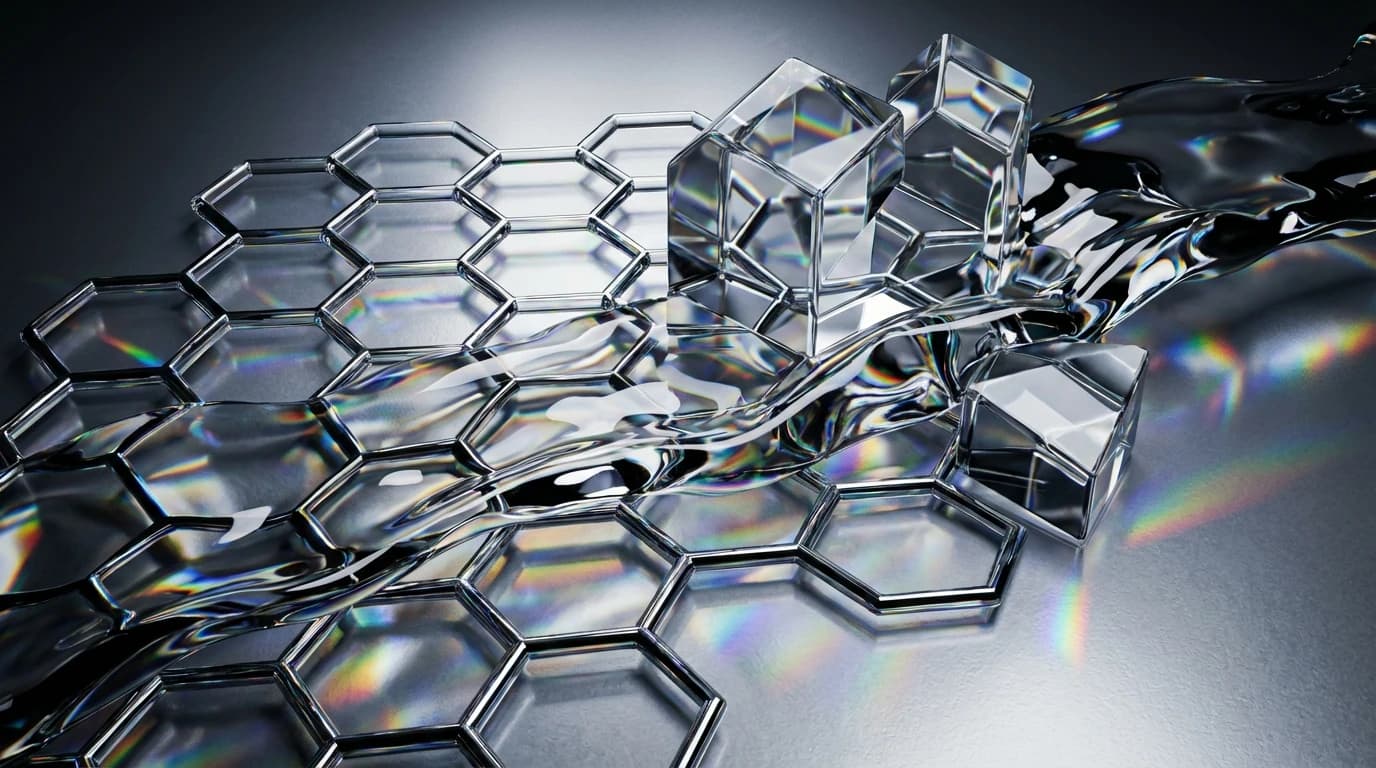Novel 'Squeezing' Technique Stabilises Perovskite Solar Cells
Source PublicationAdvanced Materials
Primary AuthorsLi, Huang, Zai et al.

Perovskite solar cells (PSCs) offer immense potential for commercial energy, yet they possess a fatal flaw: their weak atomic bonding makes them vulnerable to the elements, limiting their lifespan. Historically, attempts to reinforce these structures have resulted in lower energy efficiency. However, a new study introduces a breakthrough strategy using a triply-charged organic cation known as IDPA3+.
The researchers designed IDPA3+ to create strong ‘localised electrostatic interactions’—attractive forces between charged particles—within the solar cell materials. This interaction effectively compresses the perovskite crystal lattice, squeezing the internal structure tighter. This compression significantly strengthens chemical bonding and suppresses ion migration, which is a common cause of device failure.
The results of this structural tightening are remarkable. The modified devices achieved a certified power conversion efficiency of 25.28% for a 1.00 cm2 area, placing them among the highest performing cells published to date. Furthermore, the devices showed negligible performance loss during damp-heat tests and continuous operation at 85°C, proving that electrostatic regulation can successfully bridge the gap between high efficiency and long-term operational stability.